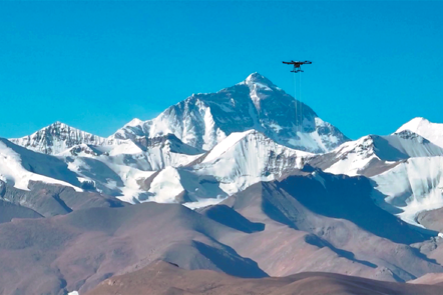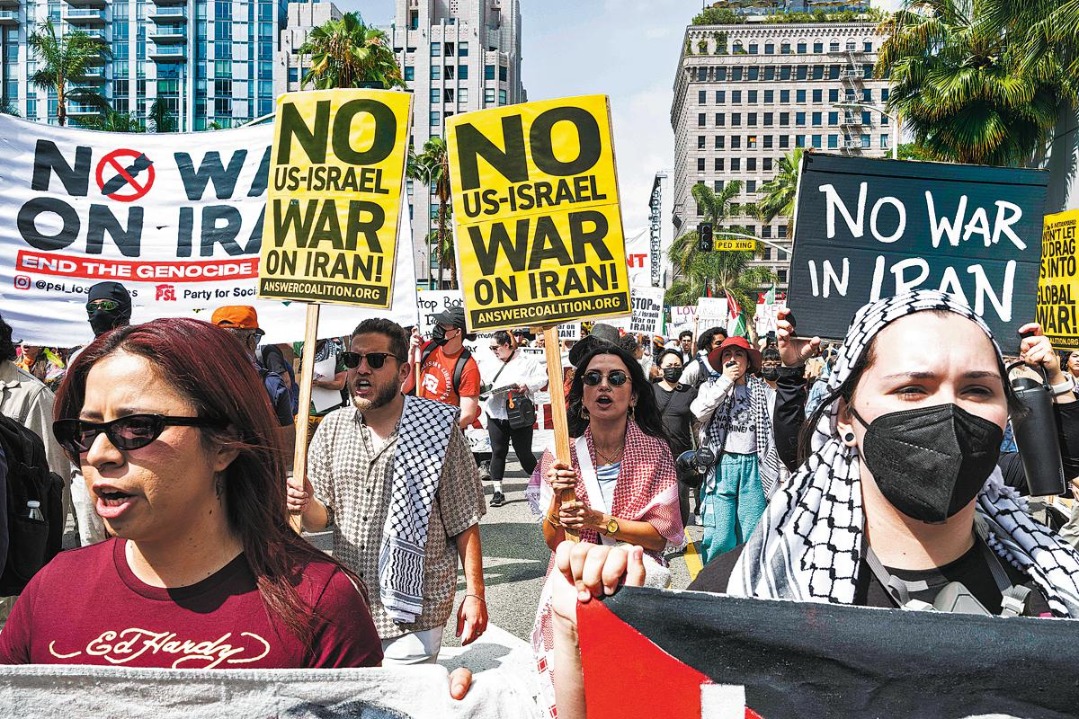The Korean nuclear issue: Past, present, and future – A Chinese perspective

Escalation and intensification of the Korean nuclear issue from 2009 to the present
As of March 2017, North Korea had conducted five nuclear tests. The first occurred following the suspension of Six-Party Talks in 2006 due to the BDA issue and U.S. sanctions. The other four tests all occurred after 2009, during which time the Six-Party Talks were completely stalled and a vicious cycle of escalation and intensification took over.
On January 20, 2009, newly-elected U.S. President Barack Obama assumed office. The year be- fore, Lee Myung-bak replaced Roh Moo-hyun as South Korean president and instituted a tougher policy toward North Korea. As in the past, leadership changes brought new uncertainties to the Peninsula.
The new U.S. administration strongly believed that during the later years of the Bush presidency, North Korea had not been honoring its commitments in the various agreements and had been allowed to go too far in cheating and blackmailing the United States. Opposing any U.S.-DPRK deals became the "politically correct" stance in Washington, especially in military circles and on Capitol Hill. President Obama, who held a liberal worldview, repeatedly emphasized the importance of improving the country's international image during his campaign, and advocated for a "nuclear-free world." After taking office, he prioritized the promotion of international nuclear disarmament and global nuclear security cooperation. This put his administration in an awkward position, as it could neither continue on the path of compromise adopted by the Bush administration in its later years, nor go straight toward a "muscle-flexing" policy path.
In his first inaugural address, President Obama declared to the "enemies of the U.S." that "we will extend a hand if you are willing to unclench your fist."27 That was an impressive statement. At a Senate hearing before taking up the position of secretary of state, Hillary Clinton also indicated that the Obama administration would be more flexible and open in handling the U.S.-DPRK relationship compared to the Bush administration.
However, North Korea did not respond positively to this new gesture and tensions started to escalate following some incidents. In March, North Korea detained two female U.S. journalists who entered DPRK territory without permits while visiting the China-DPRK border area, but later released them into the care of former President Bill Clinton. On April 5, North Korea announced the launching of the experimental communication satellite Kwangmy?ngs?ng-2 and declared its exit from the Six-Party Talks on April 23.
On April 25, the DPRK Foreign Ministry announced that it had begun to reprocess spent fuel rods taken from experimental nuclear reactors. On May 25, North Korea conducted its second nuclear test.
Apparently Pyongyang analyzed the situation and decided to take a tougher stance and became more inclined to acquire nuclear capabilities. It is hard to guess what prompted North Korea's shift of stance, whether it was the political changes in South Korea or if it had simply lost confidence in the talks.
On June 12, 2009, the U.N. Security Council unanimously passed Resolution 1874, which "condemned in the strongest terms" the nuclear test conducted by North Korea and demanded that it immediately and fully comply with its obligations under Resolution 1718. It also contained clear provisions banning the import and export of North Korean arms, as well as authorizing the inspection of vessels related to North Korea and/or traveling to or from the country, which was intended to prevent the inflow of foreign funds into North Korea to develop missiles and nuclear weapons.
Chinese Premier Wen Jiabao visited Pyongyang on October 4-6, 2009, as part of regular bilateral exchanges. He met Kim Jong-il and discussed the issue with him. Subsequently, tensions started to ease in January 2010 when North Korea expressed a willingness to sign a peace agreement with the U.S. within the six-party framework, on the condition that sanctions be removed prior to the talks. But the U.S. wanted the Six-Party Talks to be resumed first and a peace agreement to be discussed during the talks.
On March 26, 2010, the South Korean warship Cheonan, carrying 104 officers and crew onboard, sank in the waters between Baengnyeong Island and Daecheong Island in the Yellow Sea, when an unidentified explosion hit the rear of the ship causing 46 deaths. The U.S. and South Korea immediately accused North Korea of attacking the warship with a submarine torpedo. Russia participated in the international investigation that followed, while China did not. Although North Korea never acknowledged responsibility, South Korea announced the suspension of trade and exchanges. This undoubtedly increased tension and deepened distrust and antagonism between South Korea and North Korea and between the U.S. and North Korea.
On May 12, North Korea's official newspaper, Rodong Sinmun, reported the country's development of nuclear fusion technology. Soon after, following joint talks between the foreign and defense ministers of both South Korea and the U.S., new sanctions were imposed by the U.S. on five entities and three individuals from North Korea on the grounds that they supported the DPRK's attainment of weapons of mass destruction.
China continued to mediate toward resuming the Six-Party Talks and, on March 15, 2011, the DPRK Foreign Ministry agreed to unconditionally rejoin the talks and to include in the discussions the issue of uranium enrichment. In October, North Korea held separate meetings with South Korea, the U.S., and Russia and also expressed willingness to unconditionally return to the Six-Party Talks.
Then on December 17, Kim Jong-il suddenly passed away.
































